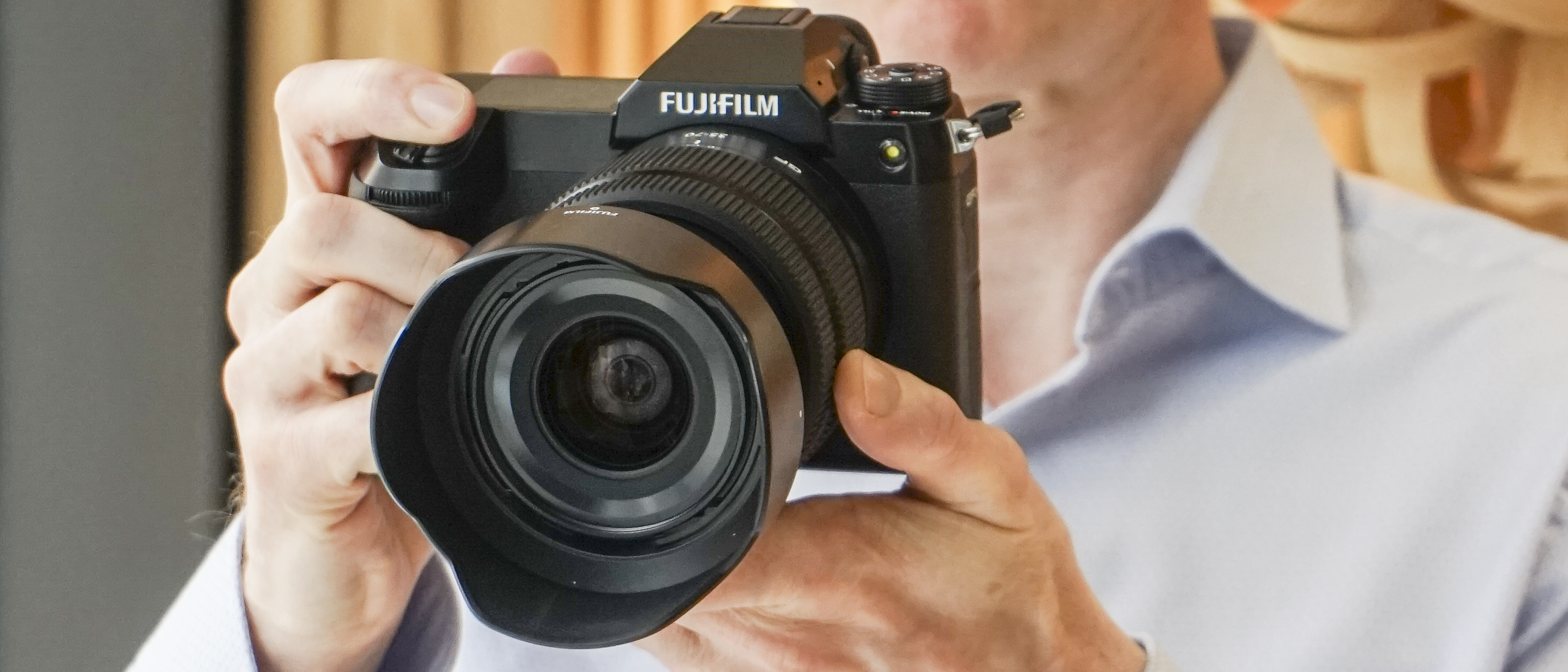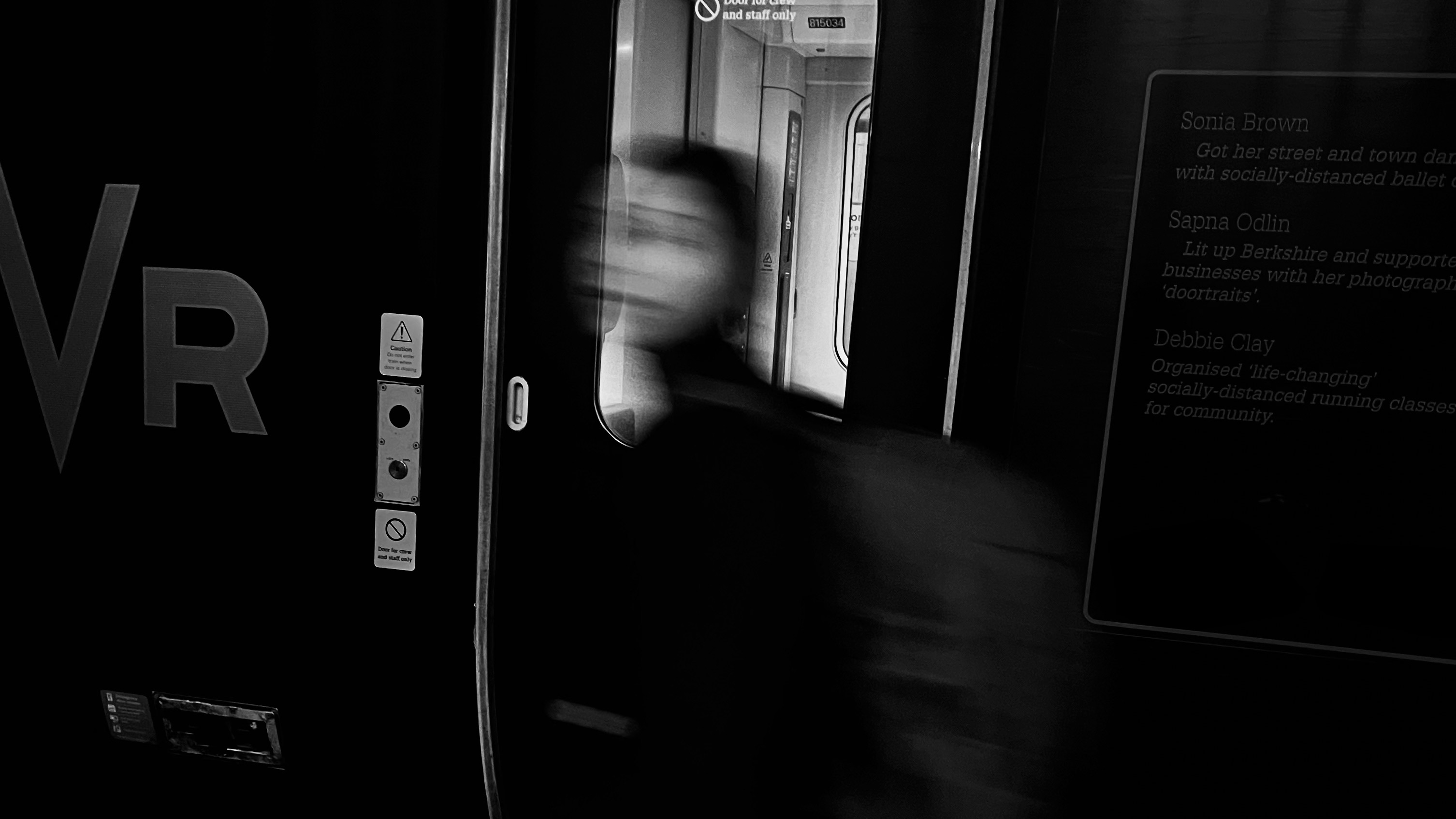Digital Camera World Verdict
Fujifilm is continuing the tradition of portability and affordability in its medium format cameras, making the GFX50S II one of the most tempting propositions yet. The lack of 4K video might keep some potential users away, but if speed and video aren’t important to you, then the advantages of a medium format sensor can be had for a far more affordable price than before.
Pros
- +
Ergonomic body and controls
- +
Relatively affordable
- +
Impeccable image quality
Cons
- -
Sluggish AF compared to other mirrorless
- -
No 4K video
- -
Heavy for long handheld use
Why you can trust Digital Camera World
Fujifilm’s goal to make medium format photography accessible takes another step closer to going mainstream with the GFX50S II, the fifth model in the GFX series. On paper there doesn’t seem to be a huge difference between the Mark II and its predecessor, but a completely different body and a few internal upgrades – at a more tempting price point – could see some photographers making the switch to medium format.
Fujifilm already had a couple of relatively affordable medium format cameras in the GFX 50S and GFX 50R, but after the success of its 102MP cameras, it’s no surprise that the Japanese camera maker decided to upgrade its 50MP models. Enter the Fujifilm GFX50S II.
At launch, it’s cheaper than the original GFX 50S, carrying a price tag that’s comparable to some of the newer high-resolution full-frame mirrorless cameras on the market right now. And while that's an unfair comparison to make, considering the speed and precision of the full-framers, it does put into perspective how far Fujifilm has come to making medium format photography achievable for serious photographers.
So how exactly did Fujifilm manage to keep costs low? For one, by using the same 51.4MP sensor as was used in the original GFX 50S. That means you can forget 4K video and you’re stuck with a continuous shooting speed of 3fps. But not everything in photography is about video recording and burst rates. Sometimes all you want is topnotch stills and that medium format ‘look’.
• Read more: Latest Fujifilm GF lens roadmap
Fujifilm GFX50S II - Specifications
Sensor: 51.4MP medium format (43.8 x 32.9mm) Bayer CMOS
Image processor: X Processor 4
Lens mount: Fujifilm G
Autofocus: Contrast-detect AF; 425 total points
ISO range: 100 to 12,800 (exp 50-102,400)
Max burst rate: 3fps
Video: 1080p at up to 30fps
Viewfinder: 0.5-inch 3.69 million dot fixed EVF, 0.77x magnification
LCD: 3.2-inch 3-way tilt touchscreen; 2.36 million dots
Memory card: 2x SD UHS-II
Connectivity: Wi-Fi, Bluetooth USB-C, mini HDMI, mic, headphone jack
Size: 150 x 104.2 x 44mm
Weight: 900g with battery and SD card
Key features
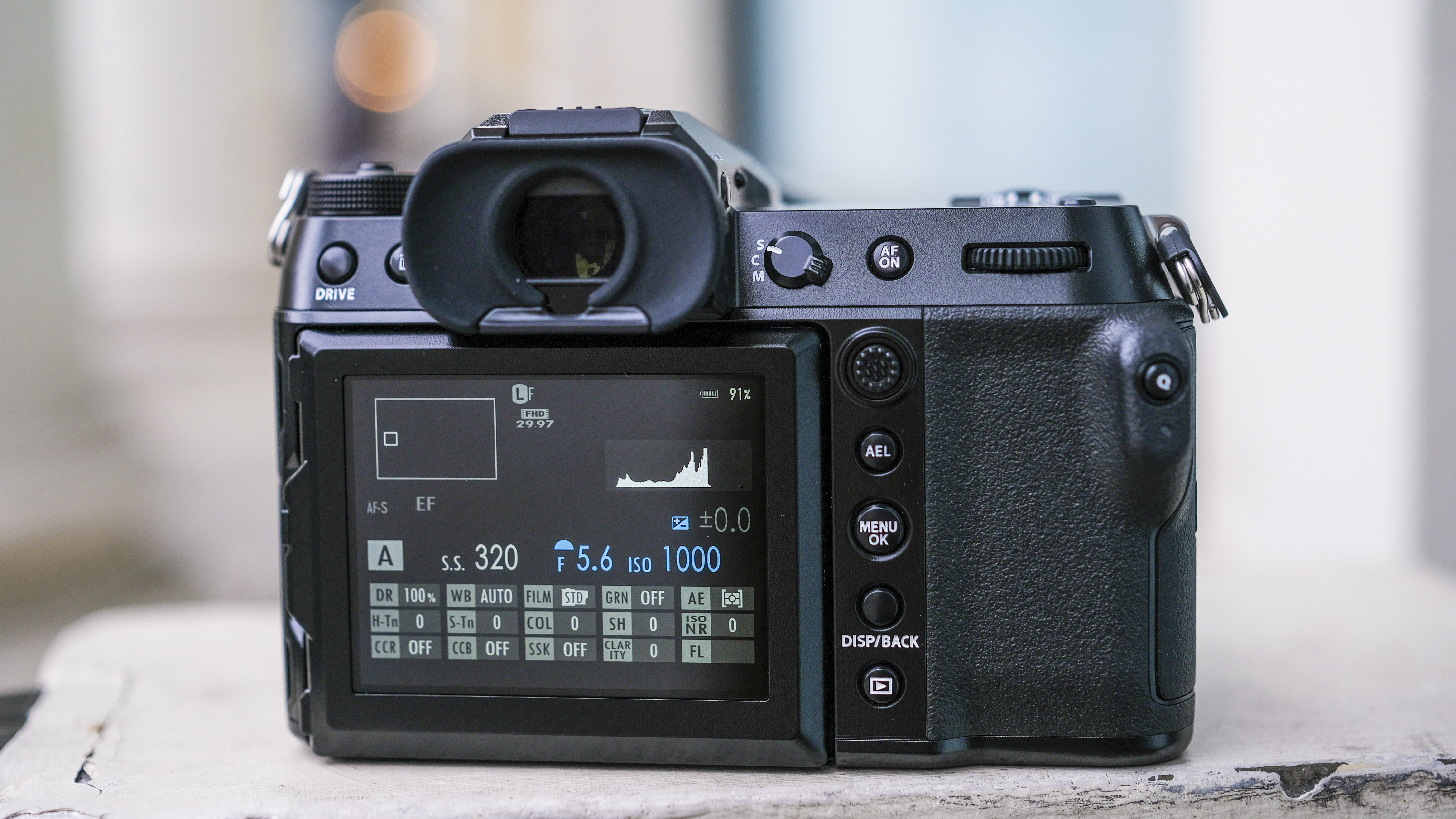
For anyone tempted by the GFX series, the GFX 100S is perhaps the most compelling option… if you have the spare change for a 102MP sensor. However, if half the sensor resolution will do, then a 51.4MP medium format sensor is nothing to scoff at. Sure, it limits how much you can crop before degrading image quality, but it’s significantly cheaper and you get the same benefits of a sensor that’s about 1.7x larger than a 35mm chip.
Fujifilm has opted to use the same Bayer RGBG sensor of the original in the Mark II, meaning you get bigger photosites for better low-light performance, some very impressive dynamic range and shallow depth of field even at longer focal lengths. The GFX50S II also uses a focal plane shutter like its predecessor, restricting flash sync to a conservative 1/125 second.
Unlike its predecessor, however, the GFX50S II becomes the first GFX model to boast in-body image stabilization of 6.5 stops of correction for camera shake – half a stop more than the GFX 100S. This figure, however, is a best-case scenario achieved by measuring just pitch and yaw. So in real-world use you should be able to achieve something like 5 stops of stability – that itself is pretty impressive.
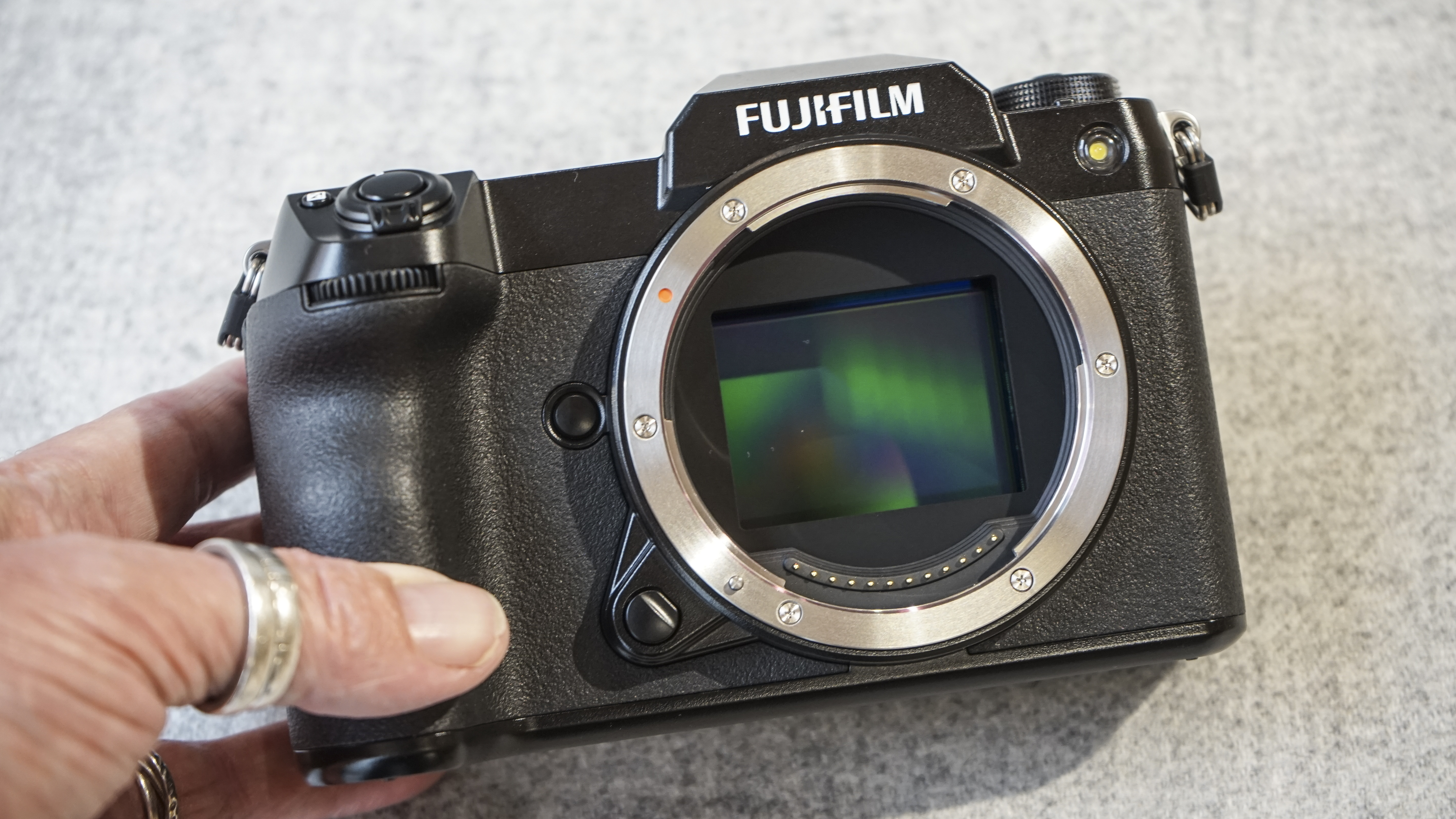
Thanks to the IBIS, the GFX50S II now features a Pixel Shift Multi-Shot mode that can capture 200MP images. This works by combining 16 RAW images captured by pixel shifting – the combining of images, though, takes place during the editing process, not in-camera.
The GFX50S II isn’t going to win any sports accolades with a burst rate of just 3fps, but Fujifilm claims it has improved the AF algorithm to make the contrast-detect autofocus system faster and more accurate. Face and eye detection are on board as before.
If you’re after 4K video recording capabilities, you’ll need to look elsewhere as the GFX50S II inherits the same Full HD (1080p) resolution at a max frame rate of 30fps.
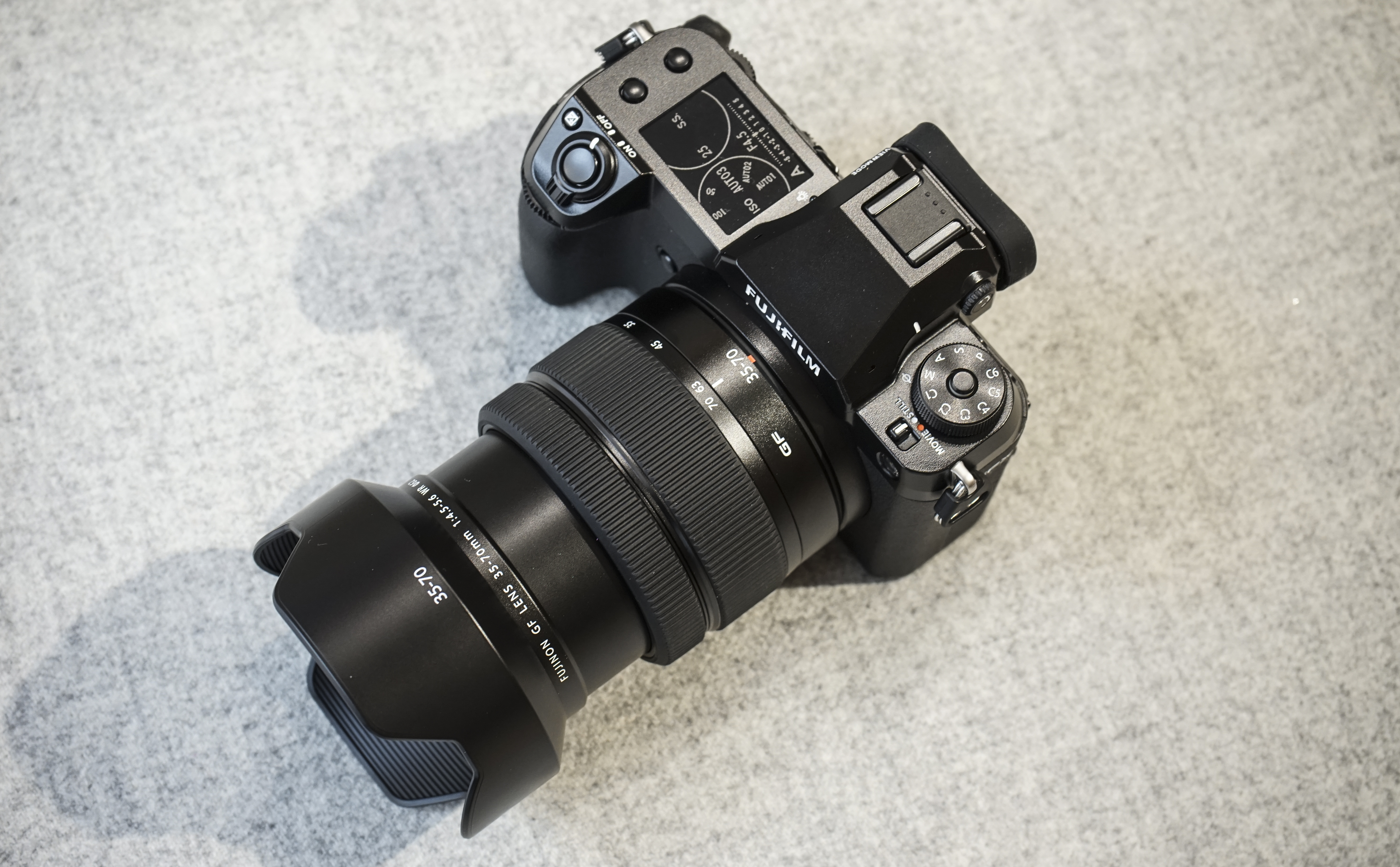
However, the use of the GFX 100S body here makes a world of difference, particularly for anyone considering moving to medium format from a completely different system – mirrorless or DSLR. Gone are the cramped dials on the top plate of the original GFX 50S, now replaced with a single mode dial, a slider switch for shifting between movies and stills, and a 1.8-inch LCD display that can be customized to show shooting parameters, a histogram or virtual dials. It also means the modular EVF of the older GFX 50S is no more, with a fixed OLED viewfinder (with the same 3.69 million dot resolution but a magnification of 0.77x instead of 0.85x) taking its place.
The rear 3.2-inch display is the same 3-way tilting touchscreen as before and, like the GFX 100S, the new GFX 50S II gets the 8-directional joystick controller that makes it easy to move the focus point around. And considering the body it’s inherited, the GFX50S II also uses the NP-W235 battery we saw in the GFX 100S, rated for 460 shots.
Fujifilm now has a total of 19 Film Simulation presets, and they’re all available on the GFX50S II, including the Nostalgic Neg that debuted earlier this year on the GFX 100S.
Build and handling
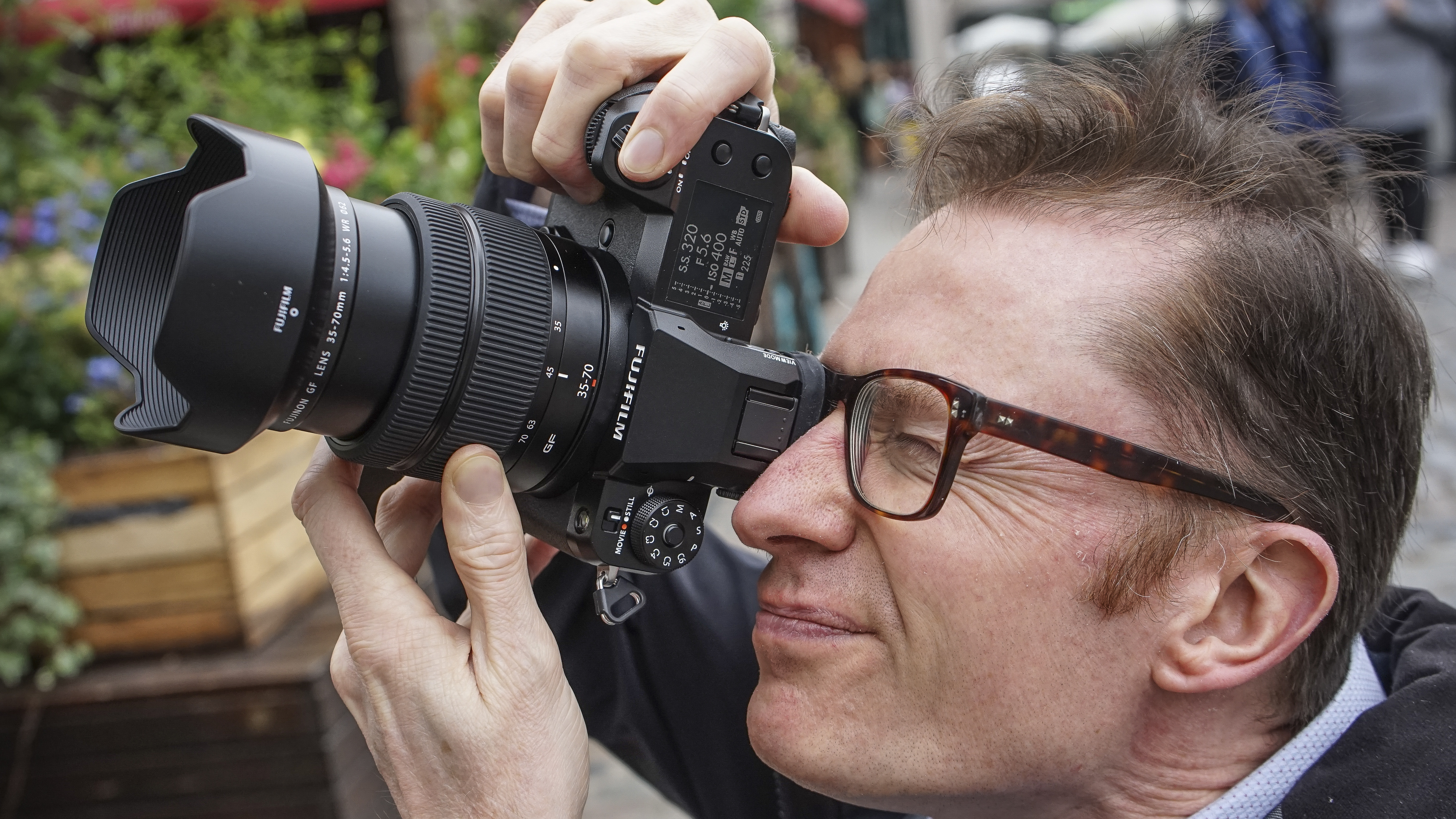
Considering the GFX50S II inherits the same body as the GFX 100S, they both handle exactly the same – in short, really well. In terms of weight and dimensions, the GFX50S II isn’t all that different from its predecessor, coming in slightly heavier at 900g for the body with battery and card as compared to 825g for the GFX 50S. In use, you’ll hardly notice the difference as you’re going to be taking into account the weight of a lens as well.
While it’s light enough to take with you on an entire day’s shoot, the GFX50S II can get tiring to hold over longer periods of time, particularly if you've got a hefty GF lens attached. As with the GFX 100S, we needed to put the camera down and flex the fingers after about 20-30 minutes of handheld use when pairing the GFX50S II with the GF 23mm f/4 R LM WR lens, but fared better with the smaller and lighter GF 63mm f/2.8 R WR.
That said, the grip on the GFX50S II is ergonomic, with a forefinger indent and a thumb rest on the rear. The ridge of the thumb rest, however, houses the Quick Menu (Q) button and accidental presses may be possible, although we didn’t have an issue during our time with the camera.
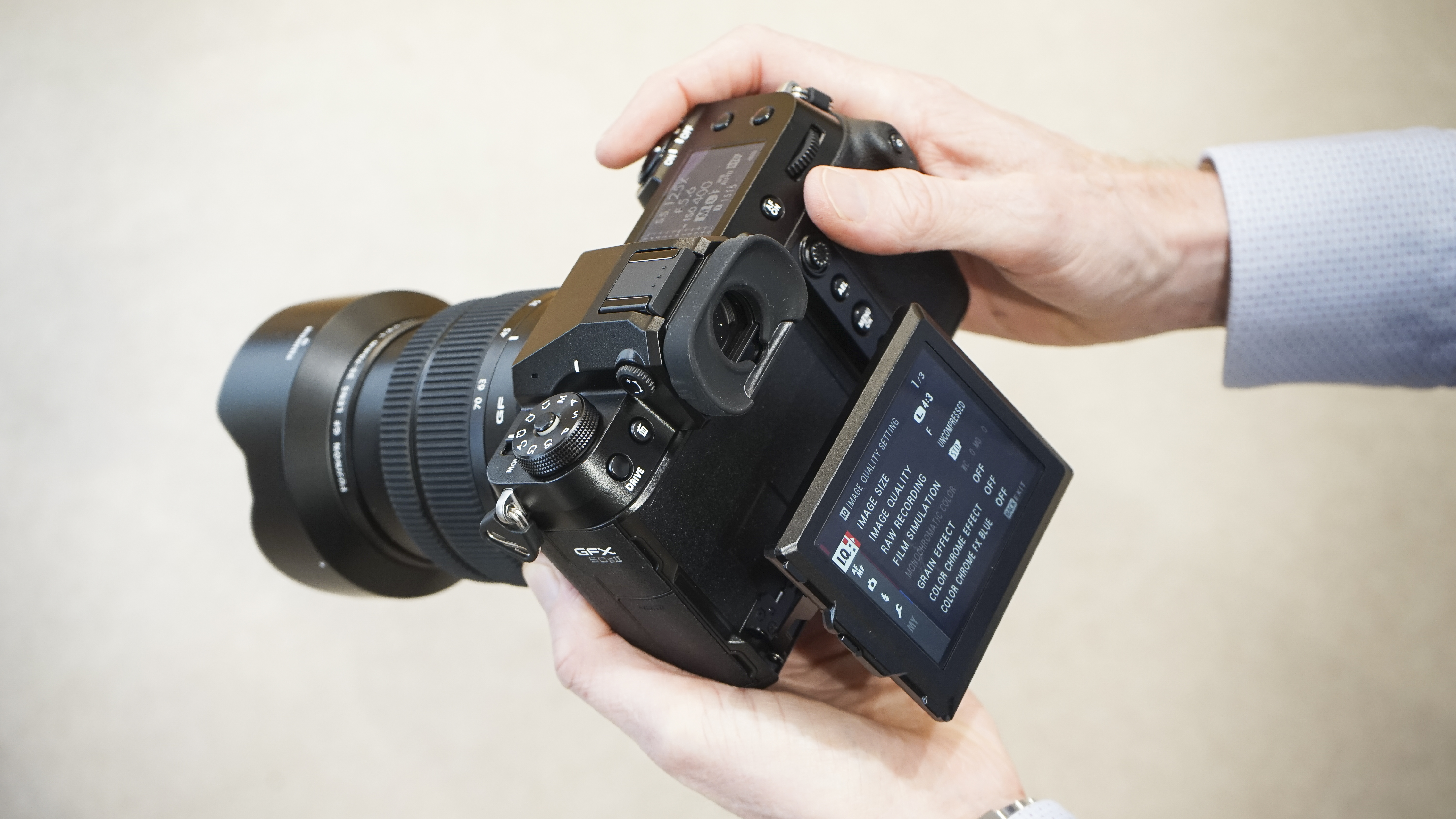
As with the GFX 100S, practically everything about the GFX50S II is customizable – from the button functions to how you want the Q menu to look, and what you want displayed on both LCD screens. Touch functions are responsive but not overly sensitive, so accidental changes are kept to a minimum.
As mentioned earlier, the EVF on the GFX50S II is different to the one used in its predecessor. Although they share the same resolution, magnification is now lower (0.77x compared to 0.85x) but the OLED panel is sharp as a tack. If you’re not happy, you can manually adjust the brightness.
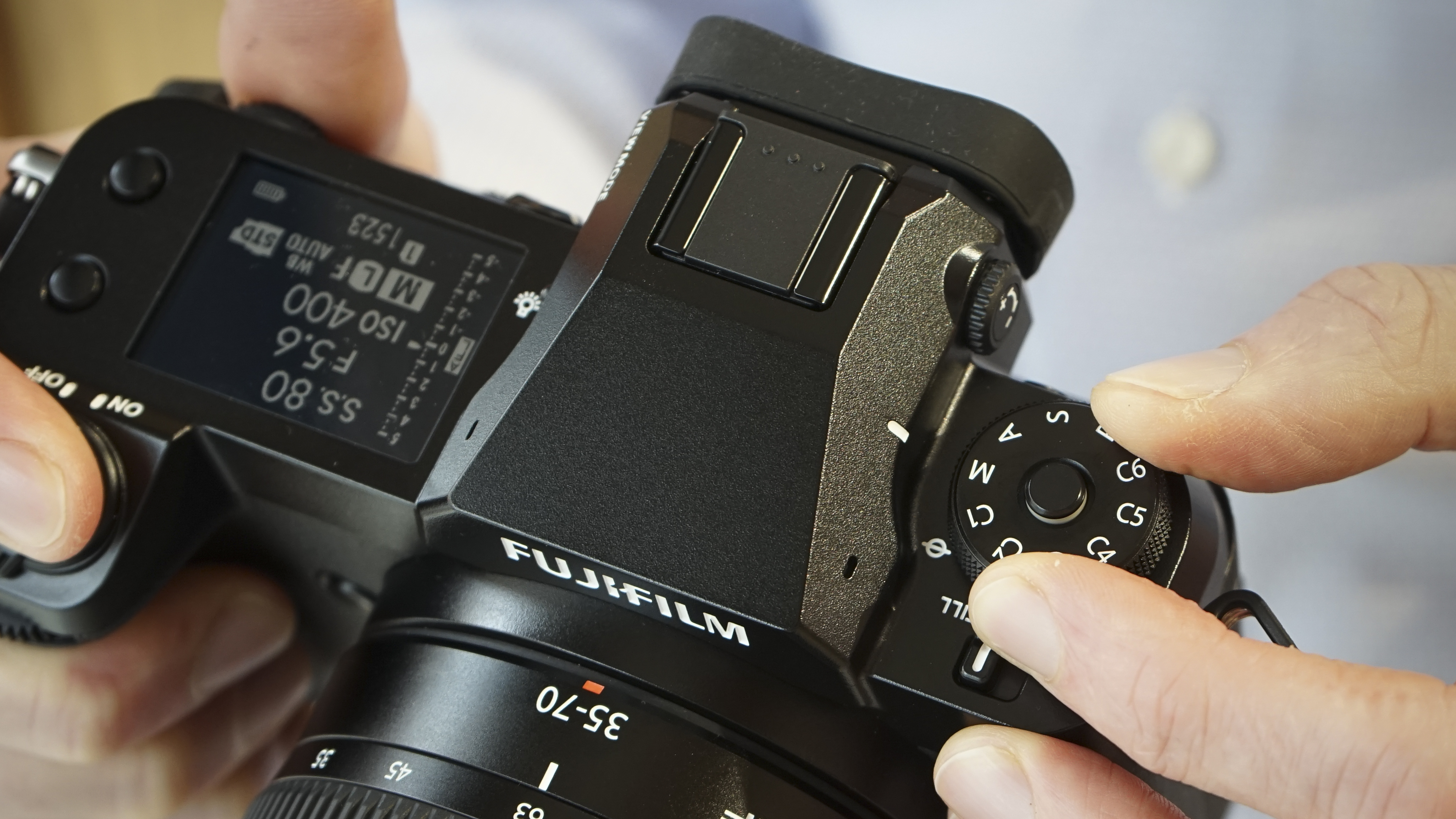
With the inheriting of the GFX 100S body comes the dual SD card slots, both compatible with UHS-II speed devices, and you have the freedom to use just one, both together, filled sequentially or one for RAW and one for JPEG. As before, there’s a USB-C port for file transfers and in-camera battery charging, alongside a mini HDMI port, 3.5mm jacks for a mic and headphones, a PC sync port and a 2.5mm remote jack.
Fujifilm GFX50S II - Performance
As we’ve mentioned before, a medium format camera can't be expected to match up to the operational performance of the current crop of mirrorless cameras. In comparison to any full-frame or APS-C format shooter, the GFX50S II does feel slightly sluggish, particularly since it uses only contrast-detect AF. However, an algorithm update has made the Mark II a joy to use, with AF acquisition time not all that slow.
Sure, it’s not going to keep up with any form of sports camera – not with just a 3fps burst rate – but it can capture portraits where the subject is moving a little. During our tests (which were conducted during Sydney’s lockdown and so photographing people was a slight problem), the camera was quickly able to focus on a river ferry and track it successfully.


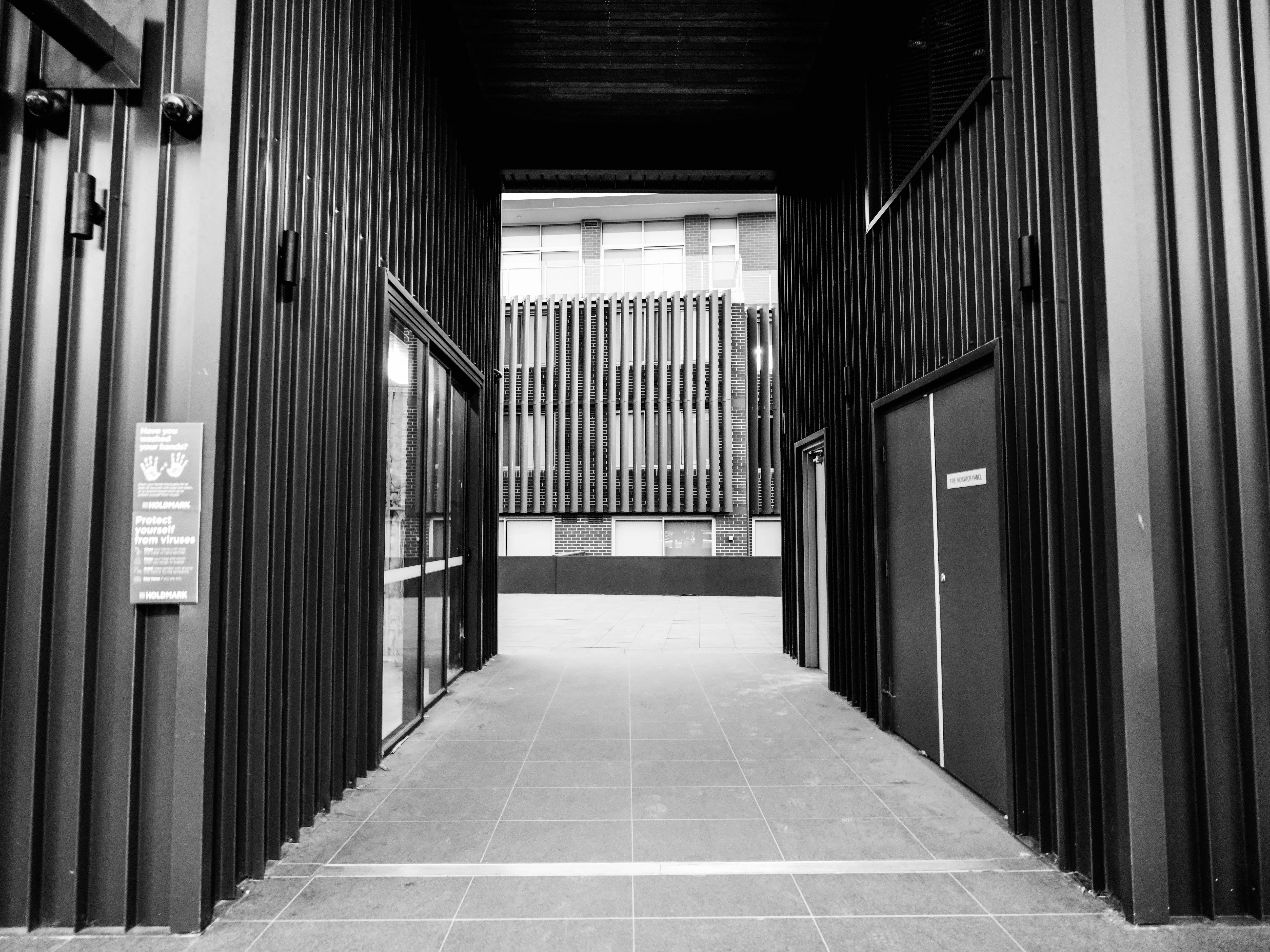
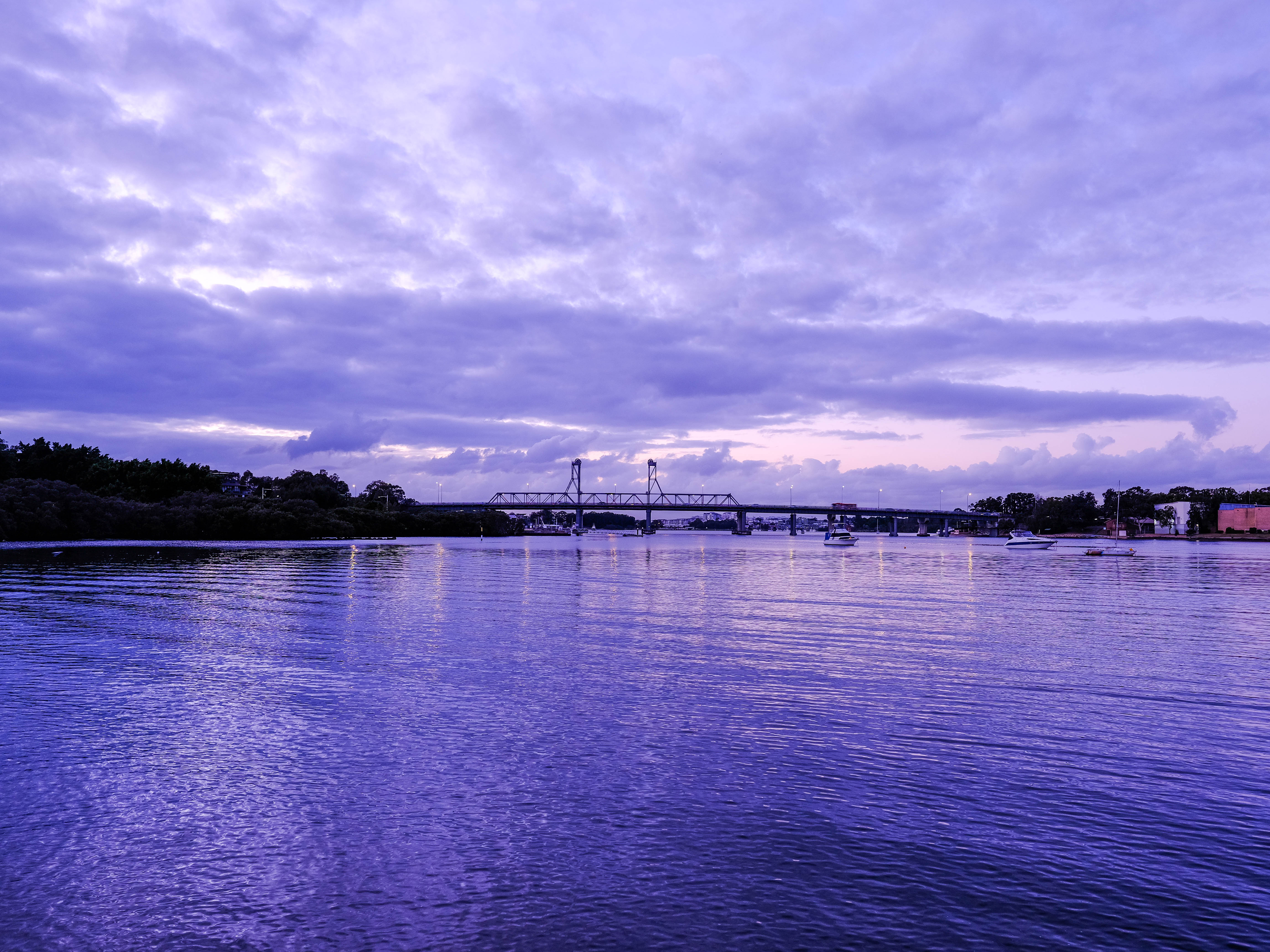
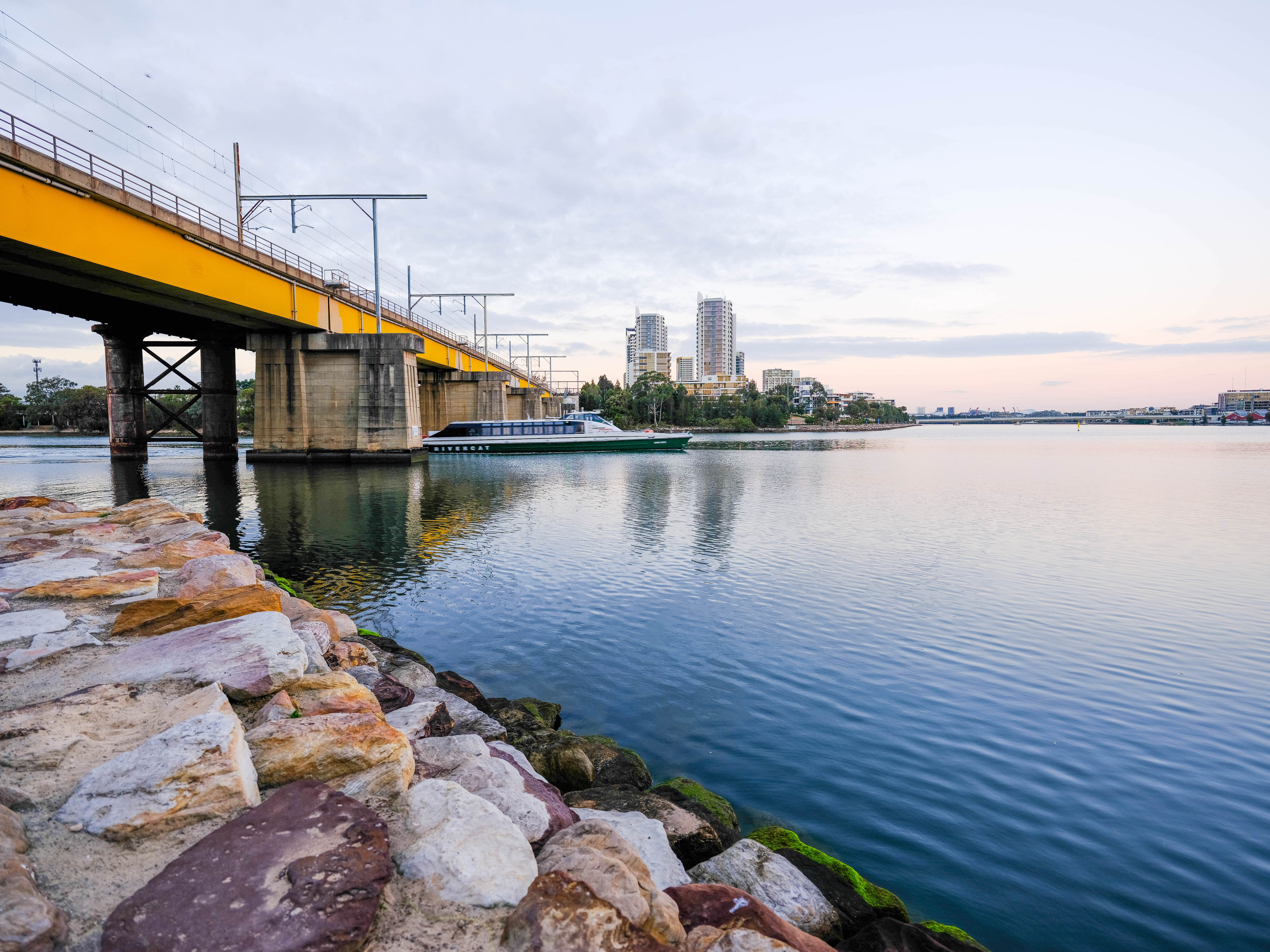


That said, a camera like the GFX50S II was designed for more thoughtful photography, where you can take your time with the composition, such as portraiture, still lifes, landscapes. And that’s where it excels! The level of detail and the tonality in the results from this camera are breathtaking, thanks to the combination of that excellent sensor and the accompanying Fujinon glass.
And what can we say about the dynamic range? In real-world use there’s a lot of latitude to play with here. We underexposed the below example – shot just before sunrise – only to be able to open up the details of the bridge itself and the shadows under it in Lightroom.


It’s remarkably easy to recover details in both highlights and shadows without compromising the image itself.
We even put that 6.5 stops of image stabilization to the test and were impressed. Paired with the Fujinon GF 30mm f/3.5 R WR lens, we took the below image of a bottle of LED lights handheld for 2 seconds at ISO 100.
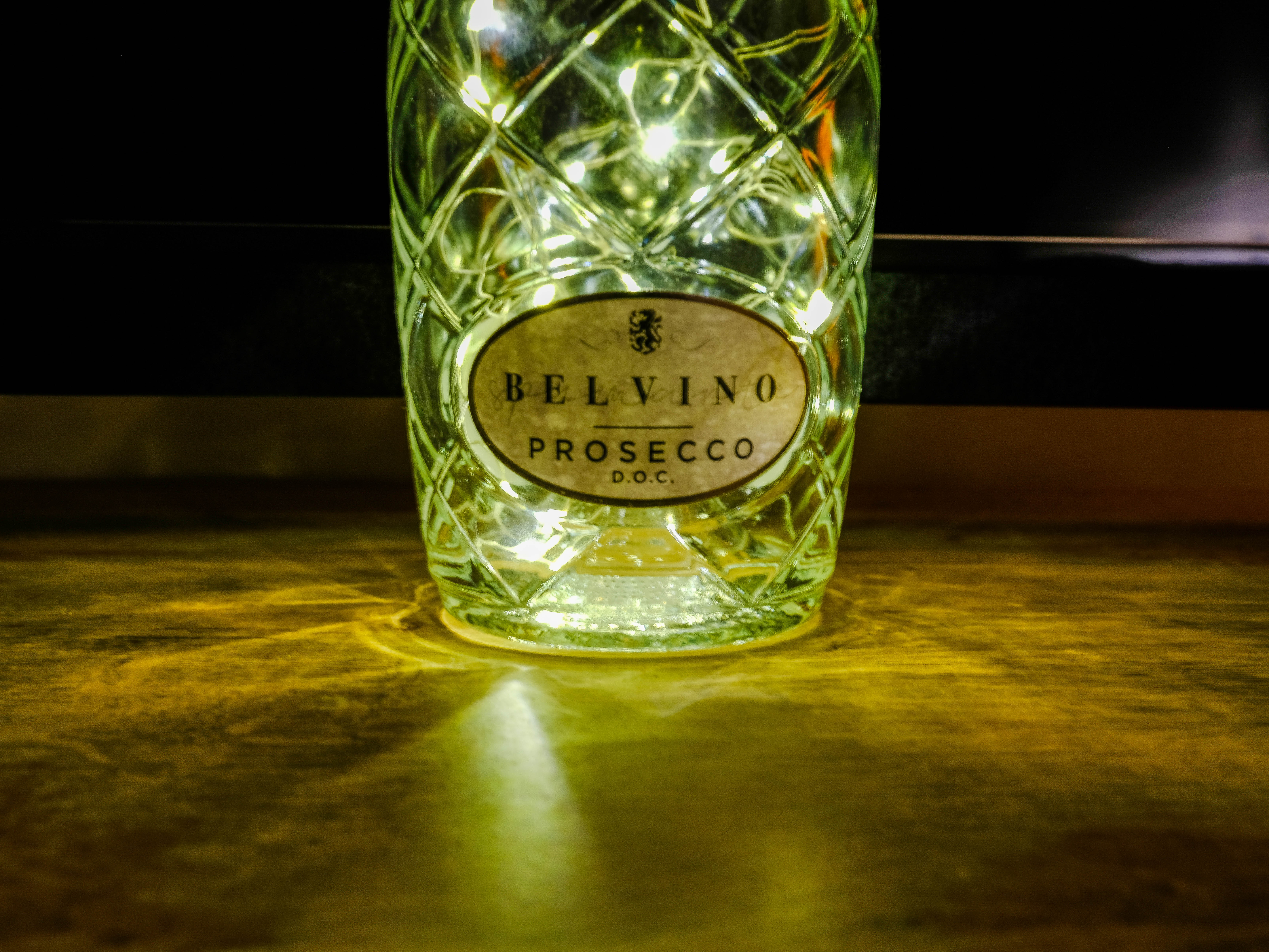
Being able to read the label on the bottle not only highlights how well the camera performs in low light conditions, but also how easy it is to use handheld.
ISO performance is also quite strong – of course images taken at base ISO are absolutely clean, but it’s not until you go up to ISO 1600 that you might notice luminance noise, but you’ll need to look closely to find it. Even images taken at ISO 6400 are usable, although noise is more pronounced and saturation suffers a little.
Unfortunately because of Sydney’s lockdown at the time of writing, we weren’t able to test face and eye tracking, but interestingly the camera picked up the face of a Funko Pop figure and instantly honed in on its left (better lit) eye. We'll update this review as soon as we've done more tests though, but even the few we were able to run shows the GFX50S II is capable of producing excellent results.
Fujifilm GFX50S II - Lab results
For our lab data comparison, we compared the GFX50S II to its bigger, more pixel-packed medium format sibling: the GFX100S, as well as the medium format Hasselblad X1D II 50C. We've also included the Sony A7R IV for comparison, as although it uses a smaller full-frame sensor, its 61MP resolution is more than a match for the GFX50S II.
Resolution:
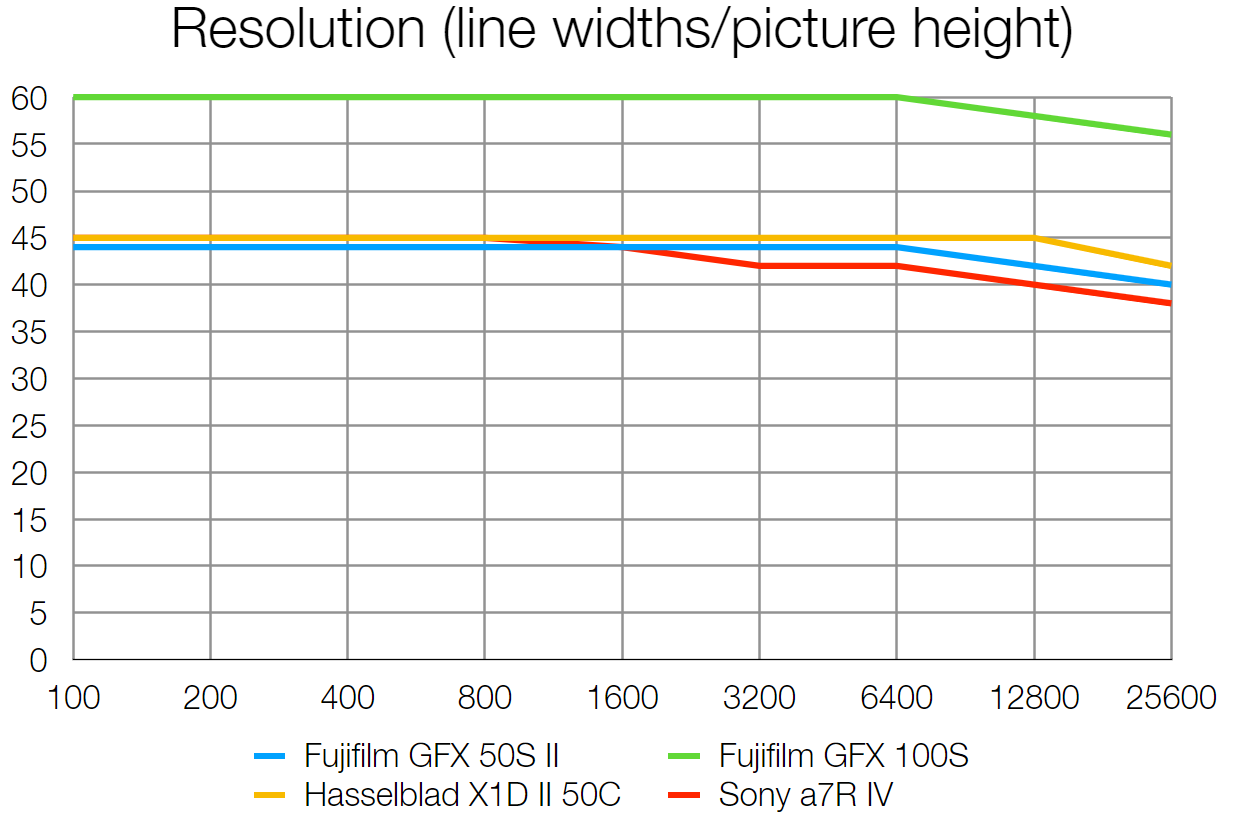
Resolution is measured using standardized text charts which give results in line widths / picture height, which is independent of sensor size.
No surprises here – the GFX50S II resolves an almost identical amount of fine detail as its 50MP Hasselblad rival. Though the Sony technically has more resolving power, its smaller sensor produces more image noise at higher sensitivities, in turn obscuring some detail. The 102MP GFX 100S is clearly in a league of its own in this test, as you'd hope from a camera packing so many megapixels.
Dynamic range:
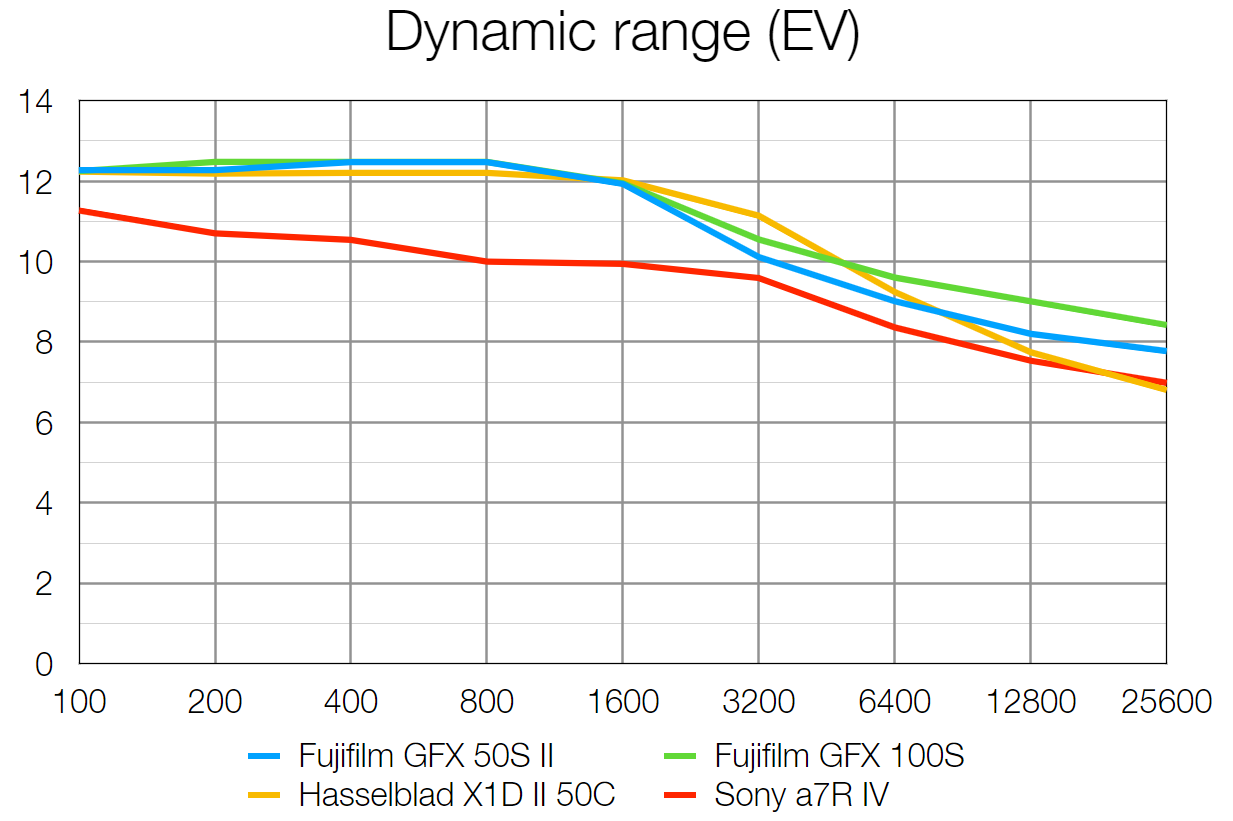
Dynamic range is a measure of a camera's ability to record extreme brightness ranges and still retain detail in the brightest and darkest parts of the scene. It's measured in EV (exposure values, or 'stops').
At lower sensitivities, all the medium format cameras on test capture very similar amounts of dynamic range. Once you pass ISO 1600, the GFX50S II slips slightly behind the GFX100S, though never by more than 1EV. In our DxO Analyzer tests, we could not match or even approach Sony's dynamic range claims for the A7R IV.
Signal to noise ratio:
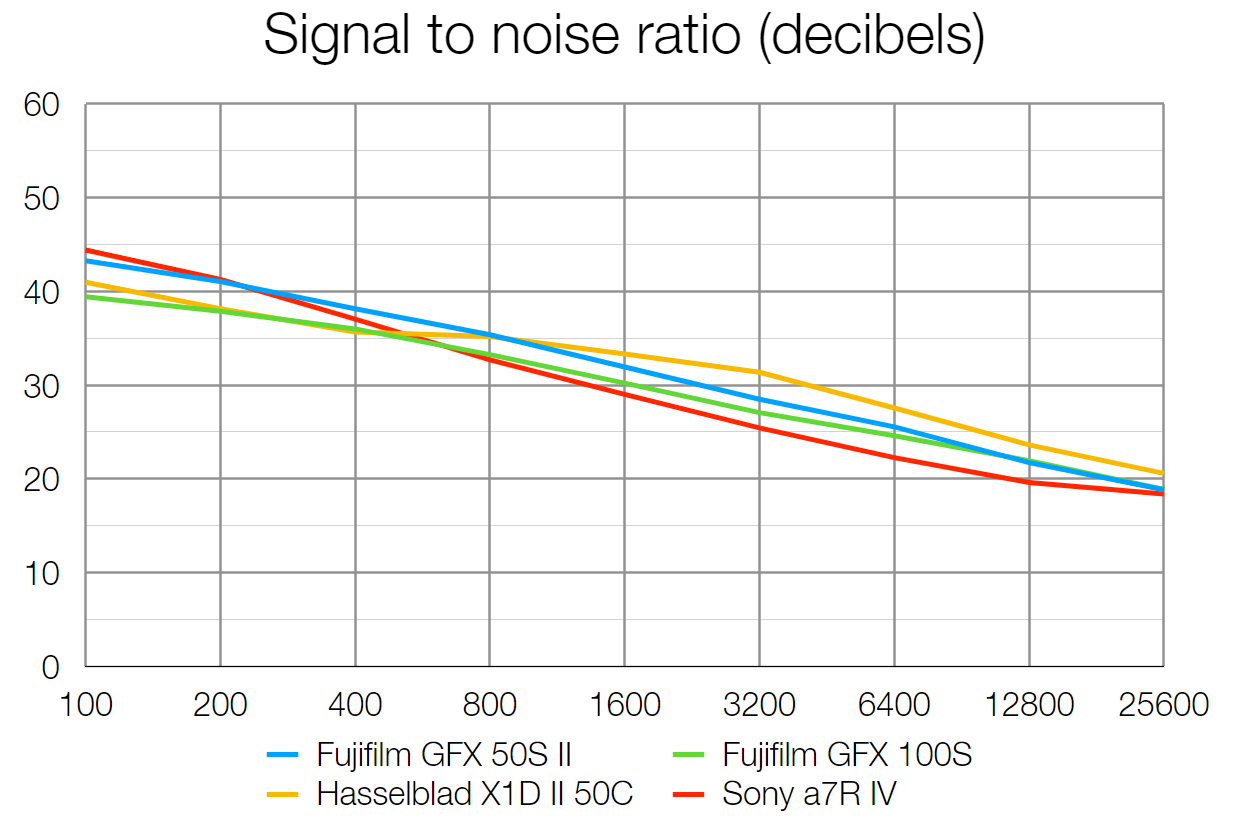
This test compares the amount of random noise generated by the camera at different ISO settings as a proportion of the actual image information (the 'signal'). Higher values are better and we expect to see the signal to ratio fall as the ISO is increased.
When it comes to image clarity and low noise levels, there's no clear winner here. The GFX 50S II performs well at lower sensitivities, but the Hasselblad X1D II 50C produces slightly less noise at ISO 1600 and above. The visual difference in real-world shooting between these two cameras would be tough to notice though.
Fujifilm GFX50S II Verdict
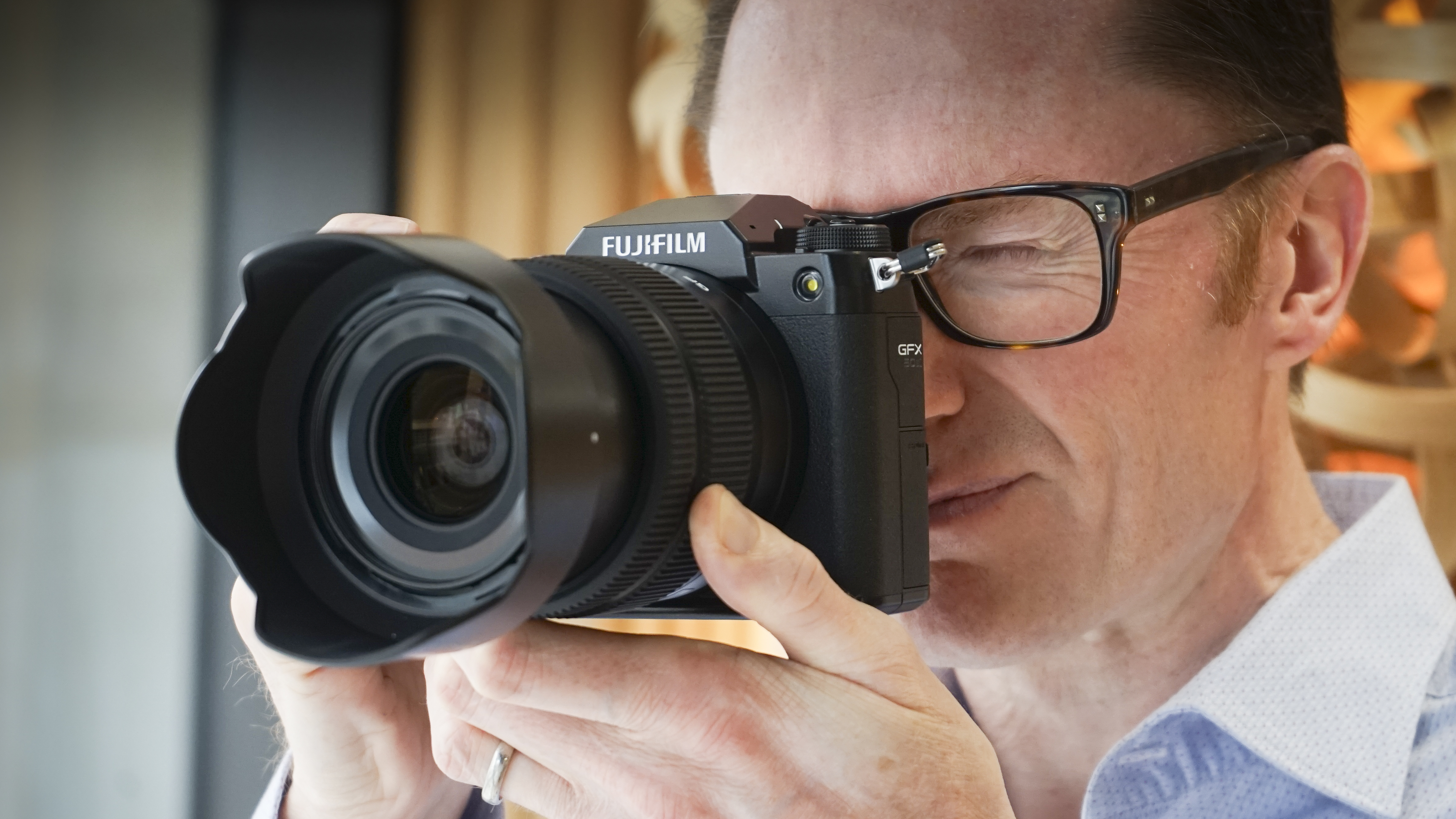
For more methodical photography, the Fujifilm GFX50S II is a compelling option at its price point. It’s in no way ‘cheap’, but it is remarkably affordable for a medium format camera.
There’s really no reason to complain about its autofocus being too sluggish as it’s able to acquire a subject quite quickly – although AF performance will also depend on the lens you’re using. Image quality is incredible, with that legendary dynamic range offering plenty of leeway on shots you’d normally delete. And, importantly, it handles well, and the new body is very easy to adapt to no matter what system you’re moving from.
Admittedly the price might still be a deterrent – it’s easy to argue that a full-frame mirrorless camera offers a lot more performance for the same money as the GFX50S II, but this medium format camera wasn’t built for that kind of photography.
Read more:
• Best Fujifilm cameras
• Best Fujifilm GF lenses
• Best medium format cameras
• Best professional cameras
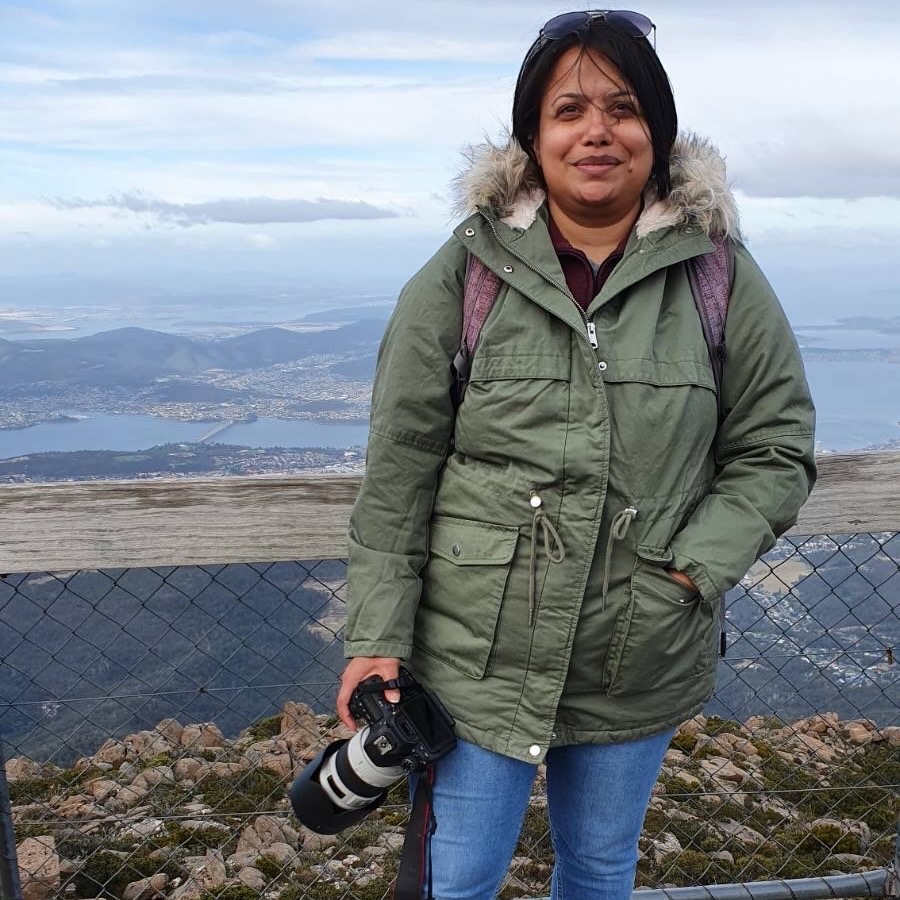
Along with looking after they day-to-day functioning of Digital Camera World in Australia, Sharmishta is the Managing Editor (APAC) for TechRadar as well. Her passion for photography started when she was studying monkeys in the wilds of India and is entirely self-taught. That puts her in the unique position to understand what a beginner or enthusiast is looking for in a camera or lens, and writes to help those like her on their path to developing their skills or finding the best gear. While she experiments with quite a few genres of photography, her main area of interest is nature – wildlife, landscapes and macros.

